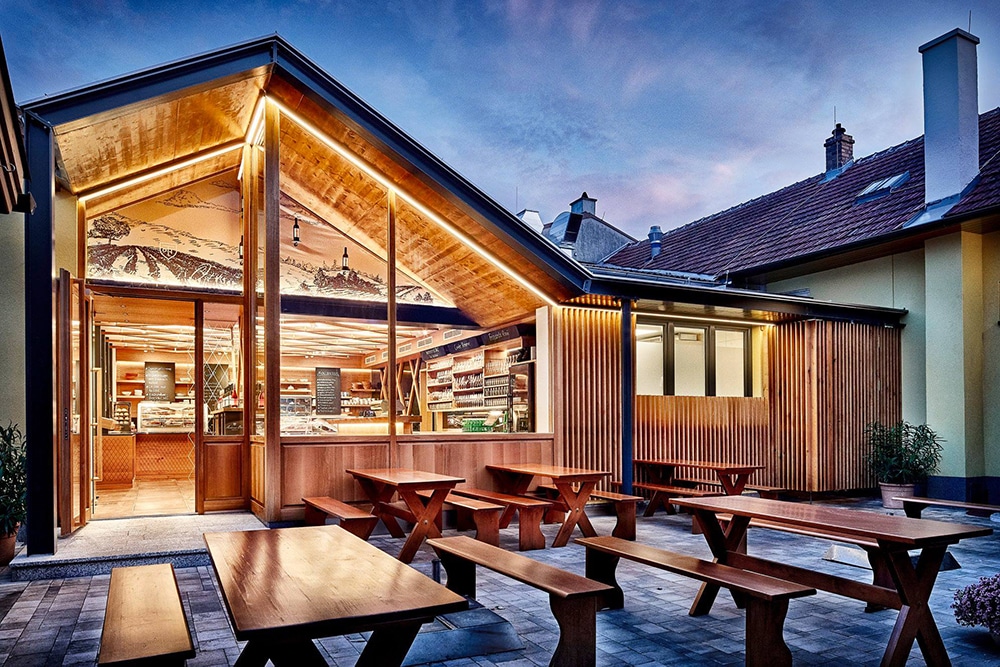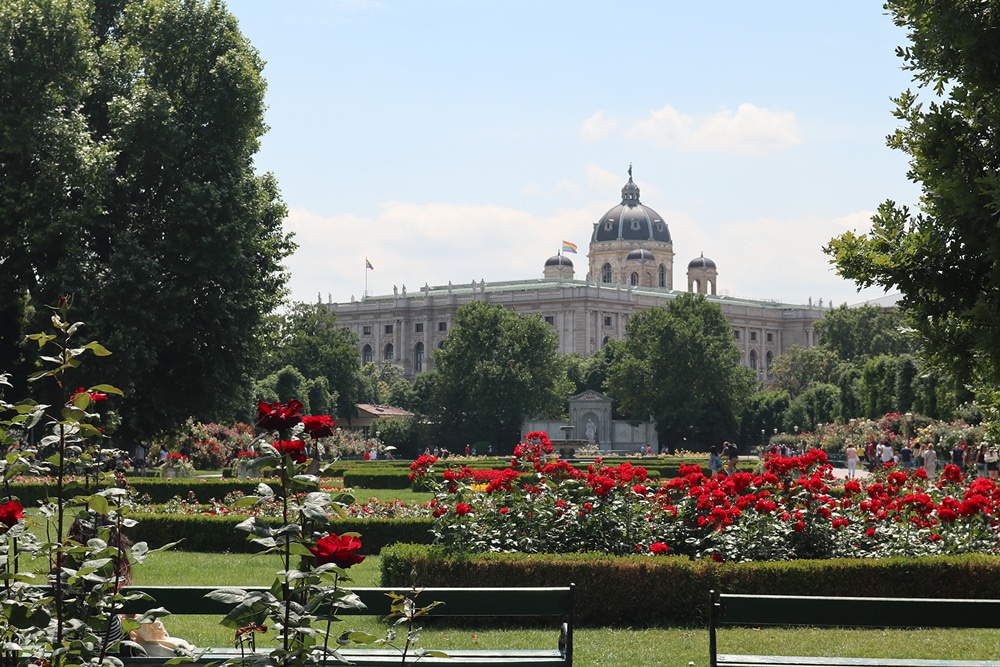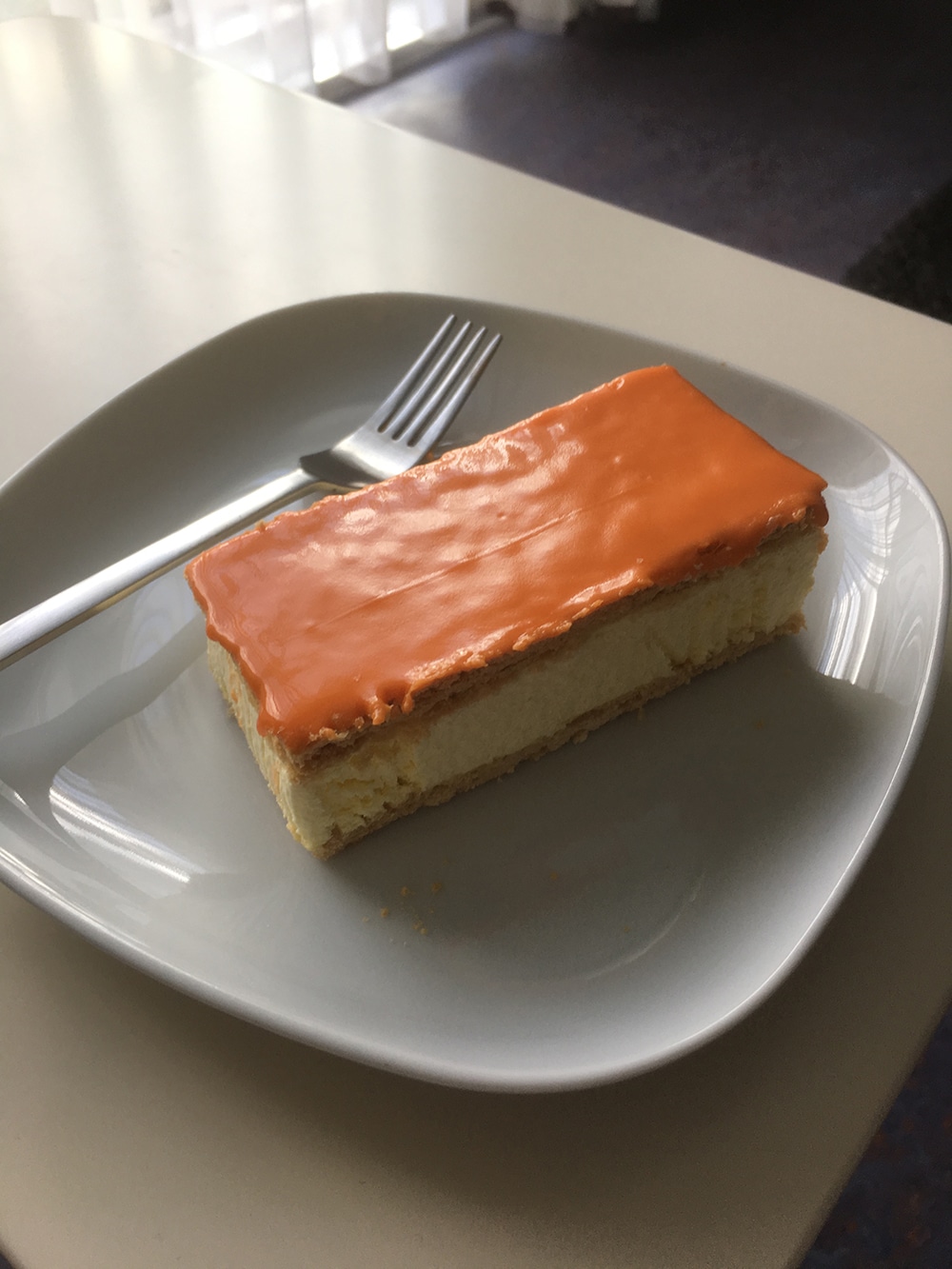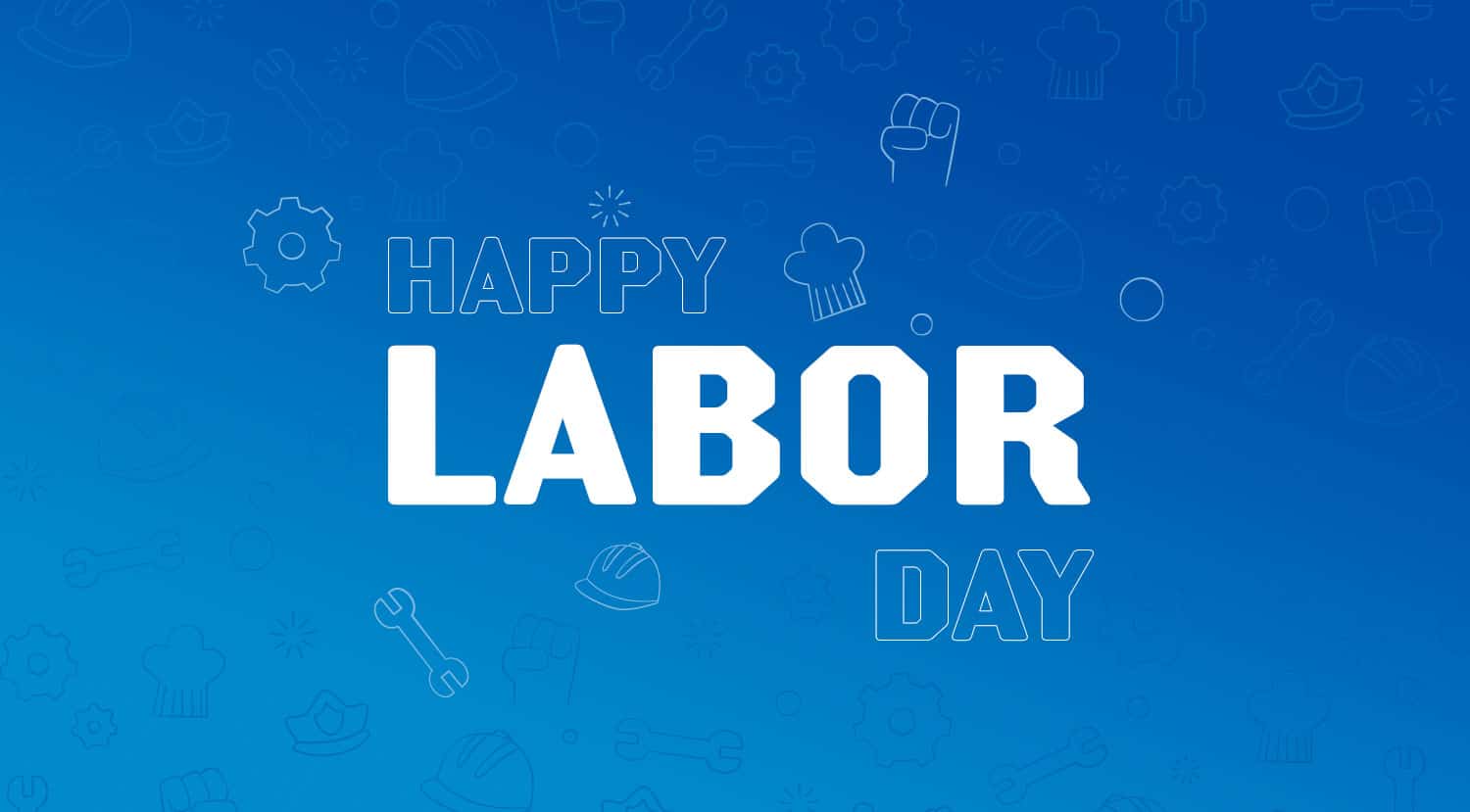Labor Day takes place every May 1 in most countries worldwide. It’s an annual holiday dedicated to celebrating the achievements and rights workers have earned over the years. It has its roots on the so-called eight-hour day movement, which advocated the division of the day into three blocks of eight hours each: eight for work, eight for recreation, and eight for sleep.
Labor Day, or Tag der Arbeit in German, is also a public holiday in Austria. The celebration itself dates as far back as to 1820, when the Habsburgs started driving their horse-drawn carriage through the Viennese Prater. 70 years later, the first May marches would start taking place. In addition to the eight-hour work day, these rallies called for more social justice and things most of us now take for granted: a universal suffrage, a longer weekend break, old-age and disability insurance, among others. Nowadays, in addition to political rallies, a “May Day Festival” is celebrated at the Prater, with a free of charge program for both grown-ups and the little ones.
As with most holidays, everyone tends to celebrate it their own way. Last year we asked panagendians what they did for the Austrian National Day. This year, we thought we’d ask them how they kept themselves busy on Labor Day.
What Do You Do On Labor Day?
Michael Hafner, Information Security Officer
Bruna Novo, Social Media Marketing Specialist

Henning Kunz, COO
Markus Sablatnig, CTO

Sandra Bointner, Accountant
Christoph Adler, Head of Solution Consulting EMEA
Femke Goedhart, Product Marketing Manager

A Few Concluding Words
In conclusion, Labor Day is an important reminder of the labor movement’s importance and the rights of workers worldwide. It is an opportunity to celebrate the contributions of workers, acknowledge their struggles and sacrifices, and continue upholding social justice and fair treatment of all workers.

